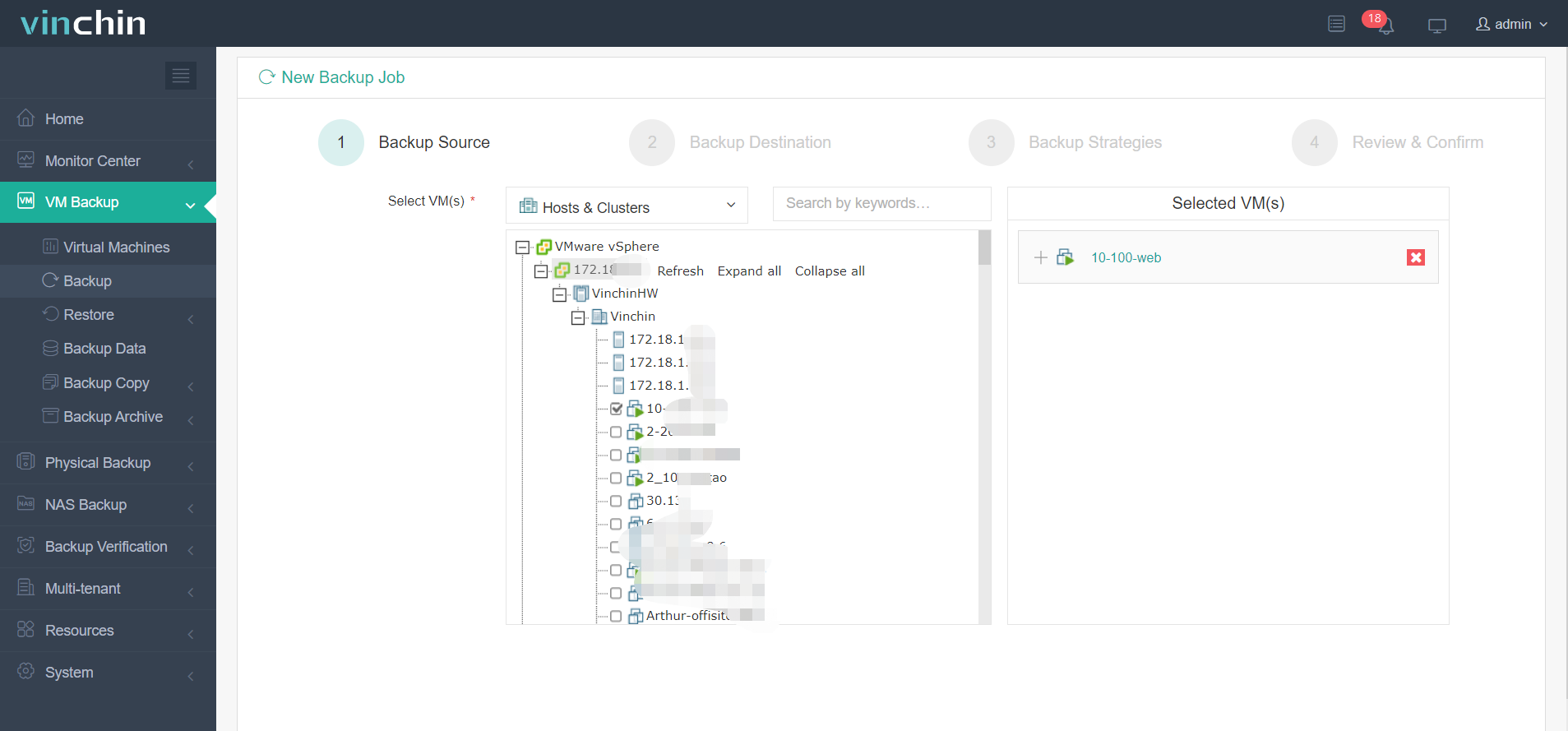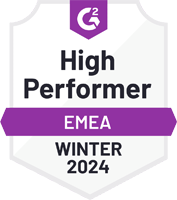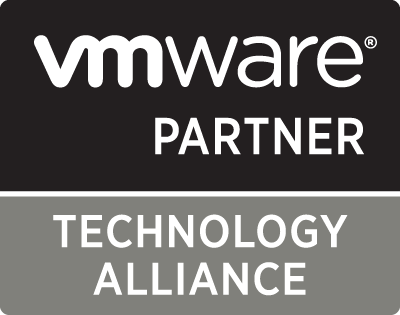What Is A Hypervisor and Why You Need A Hypervisor?
2023-06-09 | Dan Zeng
What is a hypervisor?
A virtualization program called Hypervisor is also referred to as Virtual Machine Monitor (VMM). It is a software that operates on a physical server. It builds and operates the virtual machine's hardware, firmware, and software.
Additionally, a hypervisor has the ability to split a server up into numerous virtual machines.For each virtual machine, a hypervisor can offer a set of virtualized hardware systems, such as a CPU, RAM, hard drive, network card, etc., which makes the virtual machine believe it is interacting with actual hardware. And every virtual machine can execute independent operating systems and programs.
So, you can understand that a computer runs a hypervisor, and a hypervisor runs one or more virtual machines.
Why you need a hypervisor?
Now, let's take a look at the advantages of hypervisor.
High utilization and efficiency
The main function of hypervisor is to realize virtualization, which can virtualize a physical server's hardware resources. Thus, it allows numerous virtual machines to share the hardware resources of physical servers and improve the utilization and efficiency of servers.
You might consider it as more work being completed by the same amount of employees, which can more effectively reduce operational expenses.
Furthermore, a hypervisor integrates the server, storage, and network connectivity infrastructure, resulting in a more secure manner to maximize utilization.
Speed up deployment reaction time
Before the use of hypervisor, purchasing hardware may take 3 to 10 days, and installing the OS and apps for a server might take 20 to 40 hours. These tasks include setting up security settings, configuring domain and user permissions, and installing the operating system and any necessary patches, etc.
But with hypervisor, you can now copy a virtual machine to a computer in 15-30 minutes.
A hypervisor is a type of virtualization software that allows numerous virtual machines to run on the same physical server, making more efficient use of available resources and reducing response times.
By using hypervisor, you can reduce response times by deploying new virtual machines faster and using available resources more efficiently.
Hardware cost savings
Now, the cost of electricity is rising and taking up more of the budget.
According to Gartner's February 2007 publication, most data centers will pay a significant price for power consumption over the next five years, with the cost of power consumption and cooling equaling the hardware architecture's purchase price.
Virtualization, powered by hypervisor, has the potential to minimize hardware expenses, data center space, and power and cooling costs.
Safety guarantee
Additionally, hypervisor also provides isolation and security control of virtual machines. This can increase the system's dependability and stability because each virtual machine is independent of the others and has no impact on them.
By using hypervisor, virtual machines can be created and managed in a secure and isolated environment, reducing the risk of security breaches and improving the overall system performance.
Types of hypervisors
There are two types of hypervisors: type 1 hypervisor and type 2 hypervisor, and they are implemented in different ways and in different application scenarios.
Type 1 hypervisor (bare-metal virtualization)
Type 1 hypervisor is also called bare-metal virtualization. It can be understood as a virtual machine running as a subsystem on the machine.
Type 1 hypervisor refers to the installation of a virtualization software (e.g., VMware ESXi, Microsoft Hyper-V, etc.) on computer hardware that runs directly on the hardware without being piggybacked on an existing operating system.
In this way, the virtualization software has direct access to hardware resources, allowing virtual machines to run more efficiently and enabling the sharing and utilization of hardware resources.
Type 2 Hypervisor (hosted virtualization)
Type 2 is also called hosted virtualization. It can be understood as a virtual machine running as an application on the machine.
Hosted virtualization installs virtualization software on an existing operating system. The virtualization software runs on the operating system and uses it to access hardware resources.
In this way, both virtualization software and virtual machines rely on the operating system to access hardware resources.
Therefore, compared with bare-metal virtualization, host virtualization has lower performance and efficiency.
The ideal solution for virtual machine backup and recovery
The IT environment is intricate and ever-changing in the age of big data and cloud computing. Backing up virtual machines is vital in a virtualized environment since the data stored within them is critical to the organization's business operations.
Vinchin Backup & Recovery will be a good choice. With over 10,000 successful examples, Vinchin Backup & Recovery has been deployed in 30+ industries such as government, military, hospital, education, etc., as well as over 100 countries and regions such as the United States, France, Thailand, etc. It has received great marks and recognition from users both at home and abroad.
Vinchin Backup & Recovery includes many excellent backup features.
The basic function of Vinchin is to backup and recovery data. And in order to save work in deployment, it supports agentless backup.
It can significantly reduce the backup window, continuously protect the entire production environment, Additionally, it also supports advanced features like instant recovery. Vinchin has the ability to recover a failed VM from its backup in 15s. V2V and ransomware protection, etc. are also supported.
Vinchin Backup & Recovery’s operation is very simple, just a few simple steps. Just select VMs on the host > then select backup destination > select strategies > finally submit the job

To sum up, Vinchin is the ideal solution for virtual machine backup. You can directly download the installation package from Vinchin official website to start a 60-day full-featured free trial. And you don't have to worry about the steps during the operation. Because Vinchin provides high quality pre-sales and post-sales online service functions and video and material teaching functions.
Sure, you can also directly contact us for your tailored solution. Vinchin has numerous local partners across the world, providing you with the option to choose a local partner if you wish to conduct business locally.
Conclusion
Hypervisor provides a crucial framework for today's cloud computing environments. They help organizations reduce costs, increase agility and security, and make better use of data center resources.
Vinchin Backup & Recovery is the ideal solution for virtual machine backup and recovery and it offers a powerful set of capabilities for virtual machine backup, recovery, instant recovery, and cross-platform migration. Effectively protect the virtual environment.
So, what are you waiting for? Come and start a highly effective VM backup experience.
Share on:
 English
English


















